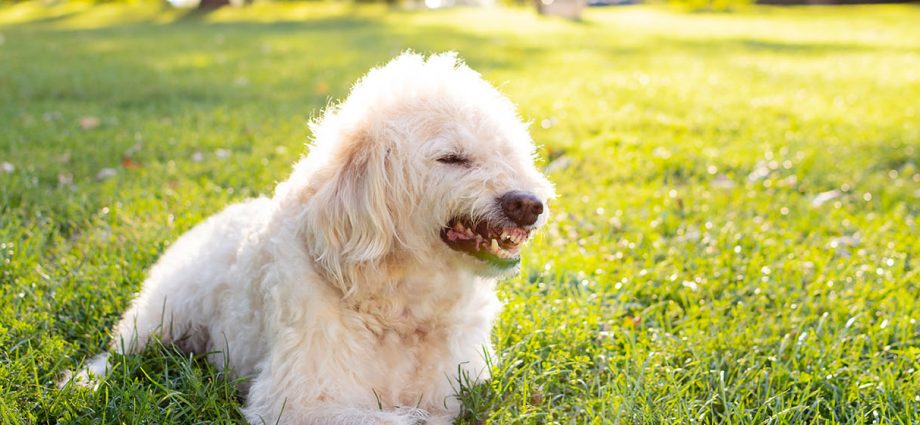Reading your dog’s body language is an essential part of your relationship with him, allowing you to better understand what he’s thinking and feeling, which will in turn help you better communicate with him. Use these tips to help you learn how to read dog body language!
Dog’s signals:
If you see your dog wagging its tail, it is likely happy. (You may see dogs wag their tails when they are scared or angry too.) If your dog’s tail is tucked between its legs, then it could be nervous or fearful. When a dog rolls onto its back and shows its belly that usually means it trusts you. Some dogs will roll onto their backs when they are excited and want to play.

A fast, aggressive growl typically indicates fear, anger or both: dogs may also growl at other dogs as a warning if they feel threatened. A slow growl that comes from deep in the dog’s throat is less threatening than one with a higher pitch; dogs use these deep sounds to warn others of potential danger without initiating an attack. Whining often indicates discomfort or stress. When you take them to the vet of the groomer. Dogs whine because they need something: attention, affection, food or some kind of release (like being let outside). Yawning can mean your dog is tired or stressed out—but dogs might also yawn out of sheer excitement.

Ears back, tail low. This is a warning sign. Take it seriously; it means your dog wants you to stop what you are doing and pay attention. If you don’t, he will probably escalate to more overt forms of correction like biting or growling. An angry dog may also stand stiffly on all four legs, clench his teeth, show his teeth and even snap. He can also hold his head high with ears up to try to appear larger and scarier. Growling and snapping should always be taken seriously, but if you have never seen these behaviors before in your dog it doesn’t mean he isn’t capable. You just haven’t seen him angry enough yet. Remember, every dog has their own personality and yours might just not be as openly aggressive as others that you have seen.

Ears perked, tail raised. A dog holding its ears forward (perked) shows curiosity or an alertness to potential danger. But if you see one ear perked and one laid back against its head, watch out! That usually indicates mild aggression since dogs do that when they want to keep an eye on something suspicious without exposing too much of themselves for attack. A dog standing on its hind legs is trying to tell you it needs something: attention, affection, food or some kind of release (like being let outside). Purring, the dogs make a lot of sounds other than barking. One sound you might hear often from dogs in close contact with people is purr—yes, purring! It’s often misinterpreted as laughter, but dogs make that noise when they feel content and safe. Dogs also purr when they are sick or injured because it helps them heal faster. The next time your dog is curled up beside you, pay attention to his breathing pattern. He may be purring while he sleeps!


